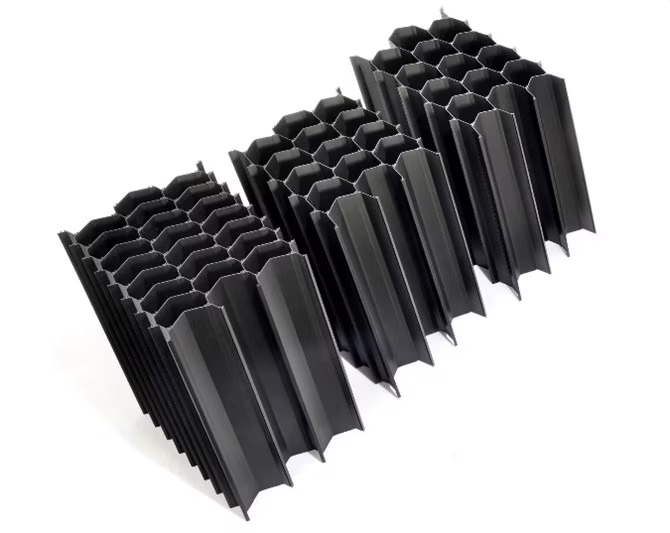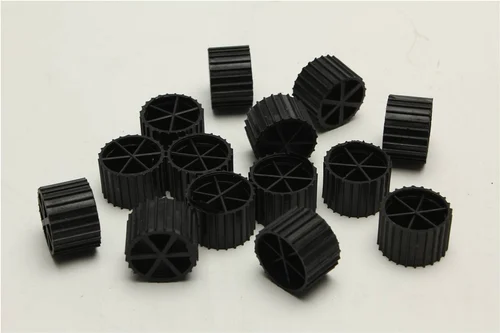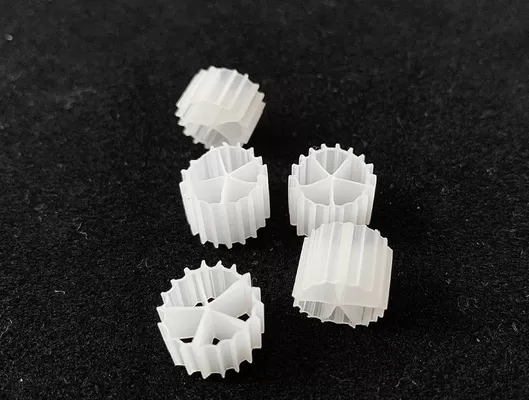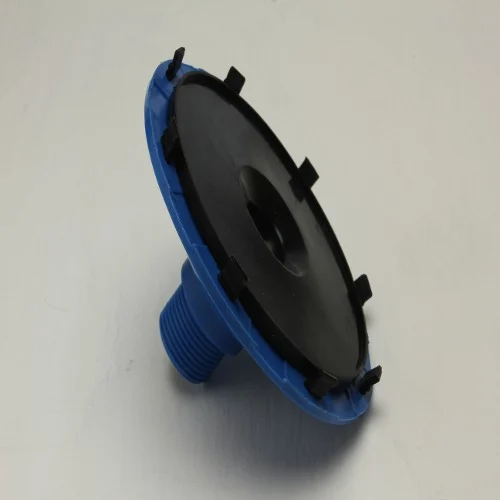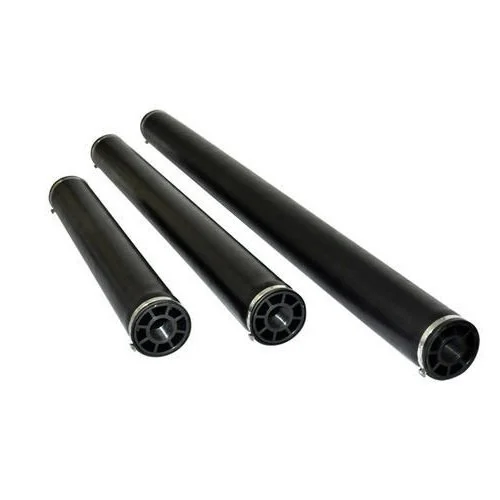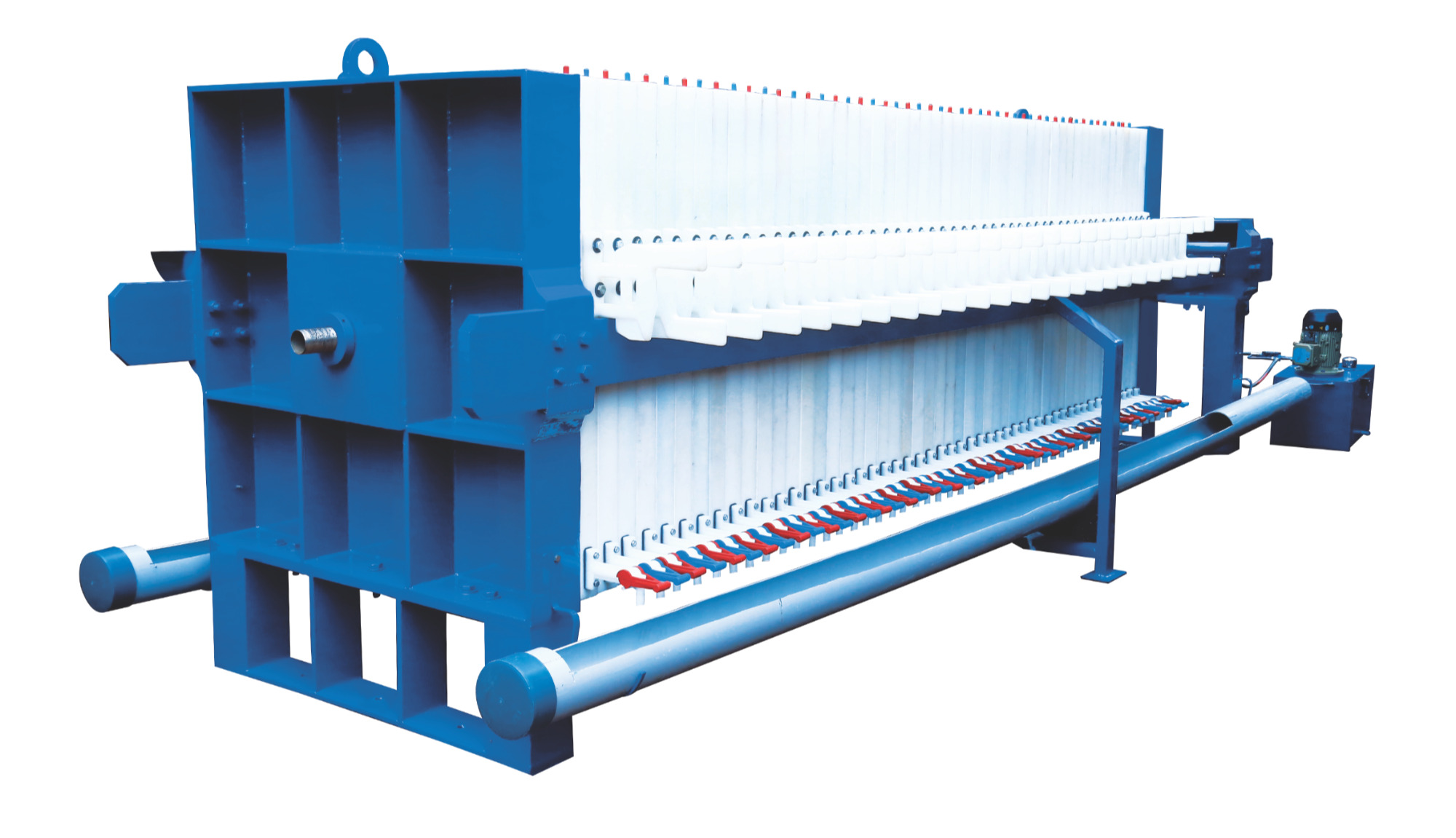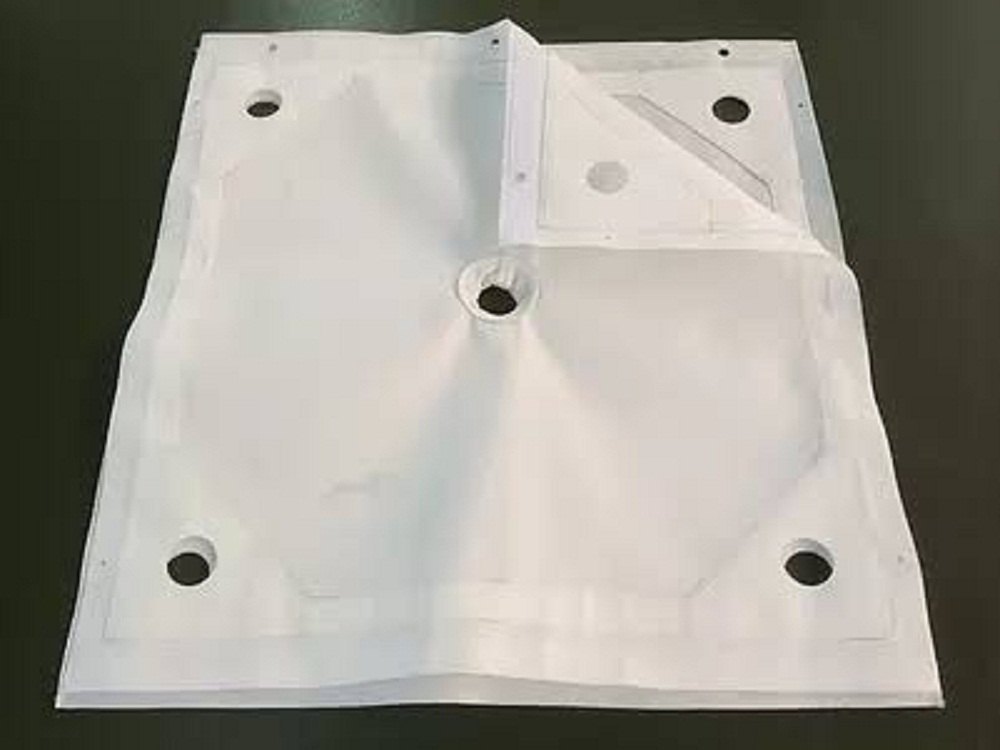
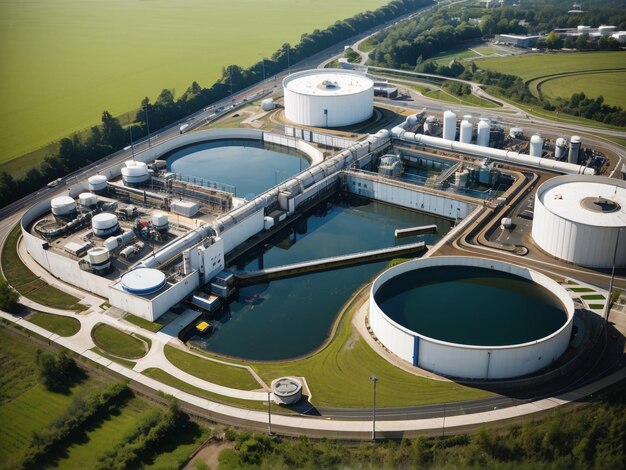
Sewage Water Treatment (STP) Plant Manufacturer
We Manufacturer sewage water treatment plants – the kind that handles wastewater from commercial buildings, industries, and large residential complexes. The idea is to clean up the used water, making it safe for recycling and reuse without causing any harm to the environment. Given that wastewater is packed with pollutants and contaminants, it's crucial to treat it before releasing it into the environment.
The sewage treatment plant process involves three main stages: primary, secondary, and tertiary. Primary treatment removes solid waste through screening. In the secondary stage, biological treatment breaks down organic matter, and the tertiary stage employs advanced processes like filtration and disinfection.
Why Sewage Water Treatment Plants Exist:
Protecting Public Health: By eliminating harmful pathogens and pollutants, these plants prevent waterborne diseases. You can easily get these sewage water treatment plants from suppliers specializing in Sewage Treatment Plants.
Protecting the Environment: These plants play a vital role in safeguarding the environment by removing pollutants and contaminants before releasing water. This helps in reducing pollution, preserving aquatic ecosystems, and maintaining the quality of drinking water.
Resource Conservation: Sewage water treatment plants also contribute to resource conservation by reclaiming and reusing wastewater for purposes like irrigation or industrial processes. This reduces the demand for freshwater and helps safeguard natural water resources.
Stages of Purification in Sewage Water Treatment Plants:
Primary Treatment: The initial stage involves sending wastewater to large sedimentation tanks, where solid particles settle and are removed as sludge. This sedimentation process takes out about 50% of suspended solids and organic matter.
Secondary Treatment: In this stage, biological processes are employed to remove dissolved organic matter and contaminants. The wastewater is mixed with activated sludge containing microorganisms that break down organic matter. This aeration process is done in large tanks where air is supplied to encourage microorganism growth.
Tertiary Treatment: The final stage includes additional processes like sand filtration, membrane filtration, or disinfection using chemicals or UV radiation. This ensures the removal of any remaining impurities, including suspended solids, pathogens, and contaminants, before the water is released.
